(This interview originally appeared in Development.)
The Latin American Society for Developmental Biology (LASDB) is getting ready for their Sixth International Meeting, which will be held in Montevideo, Uruguay, from April 26th to 29th, 2012. To find out more about the society, and about developmental biology in Latin America, we talked to LASDB president José Xavier Neto, who studies heart morphogenesis at the Laboratório Nacional de Biociências in Sao Paulo, Brazil.
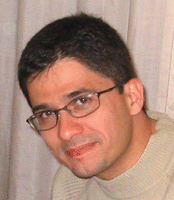 What are your research interests?
What are your research interests?
I have been working on cardiac development ever since I was first trained in developmental biology. From this focus on cardiac development, I slowly became interested in evolution, and in using clues that evolution gives us to understand development. I have been trying to incorporate a lot of that into our research. Another research question that I’m very interested in is: how can we use information extracted from protein structures and the evolution of proteins of interest to understand evolution and development? But my main interest has always been cardiac development.
Which organisms do you work with?
I was trained as a mouse developmental biologist, but when I returned to Brazil in 1999 after postdoctoral research at Harvard University, I quickly realised that it would have been impossible to continue my mouse research here. Working with mice is amazingly expensive, and in Brazil, at that time, we did not have the facilities to handle those numbers of mice. So I switched to chicken, and that became my primary model.
You’re president of the Latin American Society for Developmental Biology (LASDB). What’s the history of the society?
The LASDB was created in 2003. It was spearheaded by Roberto Mayor from Chile, who had the idea to create a society for young scientists returning to Latin America from their postdocs abroad. Roberto is very well connected and got a lot of support from other people connected with Latin America.
In 2003 we had our first meeting in Valle Nevado, Chile. After that we’ve had meetings in Brazil, Argentina and in Chile again. The next meeting will be in Uruguay from April 26th to 29th, 2012. Over the years, the society has grown, and it’s a great pleasure to be able to witness more and more people participating in the meeting. Nevertheless, we have been able to keep the quality of the meeting very high. That’s something that was always on everyone’s mind: we want to grow, but grow while preserving quality.
As a society you cover almost an entire continent. Are there any particular challenges in dealing with all those different countries?
Absolutely. Mexico, Brazil, Argentina and Chile represent the major communities of developmental biologists within Latin America. There are smaller communities of investigators in other countries, but when it comes to setting up a meeting you need a lot of local support, and not all countries can support such a meeting.
This is a challenge. We would like to spread developmental biology throughout Latin America, to create a network, to get all researchers integrated, to raise opportunities for students and young researchers – but we have to rely on local support to hold meetings. As part of this mission, we’re very happy to extend our meeting to Uruguay this year. This has been a very interesting exercise. Although Uruguay is a big country, it’s not yet as easy to do things over there as it is in Mexico, Chile, Argentina or Brazil.
How does the LASDB support young researchers in particular?
The society does several things. We would like to support students with scholarships, but this has not been possible because we don’t have the money yet. What we have been doing is creating networks to link people throughout Latin America. For instance, last year members of the society founded LAZEN – a network for people in Latin America who work with zebrafish.
Another thing we have set up is the website. We realised that if you want people to connect and be involved, you should have a lively website that provides a good platform for people to interact. We’re trying to do that now, and are keeping the site alive with discussions on the forums. Through the website we also hope to encourage people to become paying members of the society, which will help raise money to set up fellowships to support students or sponsor books. But that’s for the future. At the moment we’re mainly concerned with building networks and with extending the society to all the countries of Latin America, to create a base for interaction for the society to work.
Are there any particular challenges that researchers in Latin America might have that are not commonly encountered in other parts of the world?
Yes, there are many challenges. Fortunately, in Brazil, where I work, things have turned for the good in recent years and in a very impressive manner. Science funding has been steadily increasing. Grants are reviewed by professionals within the community, and financial support has been stable. But Brazil still has classic problems. For instance, the country has a very complicated customs system that often delays supplies. Animal research is another problem because there is no professional network of animal providers. Most of the animal raising is undertaken at university centres, which have not been up to the task of breeding large numbers of high-quality healthy animals. For some areas, such as mouse developmental biology, this is a huge problem. Part of the problem is that it’s very hard for universities to hire technicians. So a lot of services have been structured on a very insecure basis, depending on people that were there for two years on a fellowship. When they left, new people would have to be trained all over again. We simply did not have all the instruments in place to set up animal facilities.
Considering these barriers, how do you make sure that people come back to their country after a postdoc abroad?
The brain drain has been a problem for all emerging countries. But I can give you a personal testimony about Brazil. I started my postdoc in 1997 in the USA, when research in Brazil was just picking up. After one year in the States I was already eager to go back because the place where I was working gave me all the opportunities that I needed to start a group doing my own research back in Brazil. The state of Sao Paulo has a funding body, called FAPESP, which has been in existence since the 1960s. They have a stable source of tax income and distribute money in a peer-reviewed fashion. If you are a young scientist in Brazil and you do a successful postdoc in the UK, Europe, USA or Japan, for instance, you stand a very high chance of getting a Young Investigator Award from FAPESP when you return to Brazil. These awards will pay for your salary, equipment and consumables for five years. That is enough time for you to move and get set up, and to find a place to get a permanent position.
I tell all my former students that are doing postdocs in the States: “Listen, Brazil really turned into a good place to start a lab.”
Is the situation the same in other Latin American countries?
Chile is ahead of Brazil in many ways. When I was in Chile in 2003 for the inaugural meeting of the society, I was very impressed: I was in the hotel where they were actually signing the Free Trade Agreement with the European Union. In Brazil we’re still discussing and negotiating, but they had already done that. Chile also has a very good customs system, so things get there much more quickly than in Brazil. They have very good universities and research centres, a good funding structure and good researchers.
Argentina has always had wonderful researchers, and they have several Nobel prizes. They have a good tradition and fantastic research centres, but I’m not sure about the quality of the funding there. Uruguay still needs to spread research throughout the country, but they do have very good centres, such as the Institut Pasteur. Finally, Mexico also has wonderful universities and researchers. In the rest of Latin America, the research situation is not as good as in these countries.
What are the particular areas of research at which Latin America excels?
That’s a great question. I think we have a lot of room here for creativity, to do very creative research. As soon as we do something that competes directly with our colleagues in the USA or in Europe, who are often building directly on earlier research, we’re going to lose nine times out of ten because we simply do not have the structure yet to be fast and efficient. But in an interesting twist, if you decide to go for different subjects or if you try to think ahead ten to fifteen years then you’re not worried about what’s being done now. You have a niche. This gives Latin American researchers the opportunity to be bold and to create something original.
 (4 votes)
(4 votes)
 Loading...
Loading...


 (1 votes)
(1 votes)
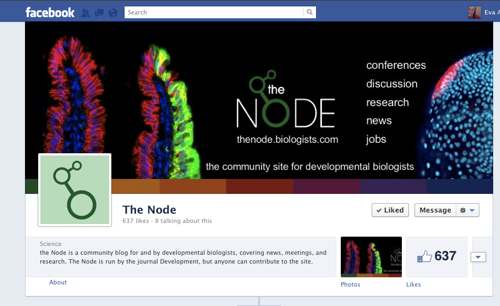
 (No Ratings Yet)
(No Ratings Yet)

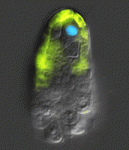

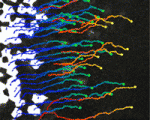
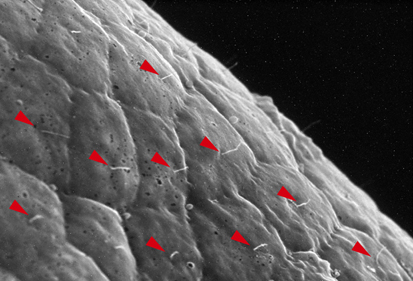
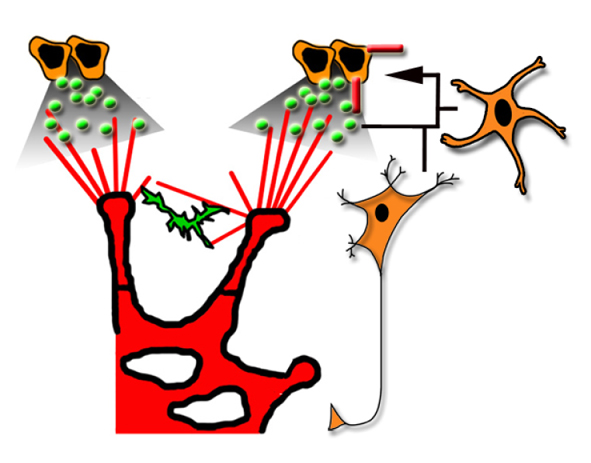
 What are your research interests?
What are your research interests?